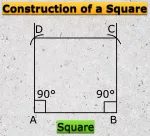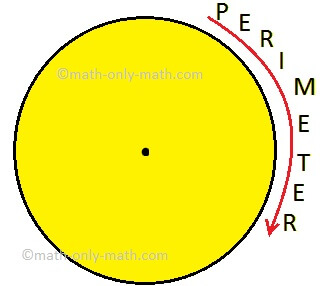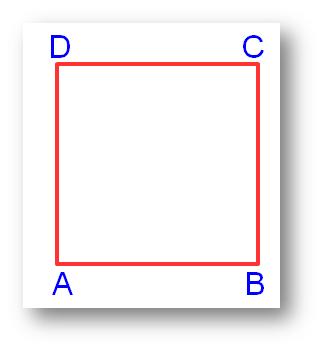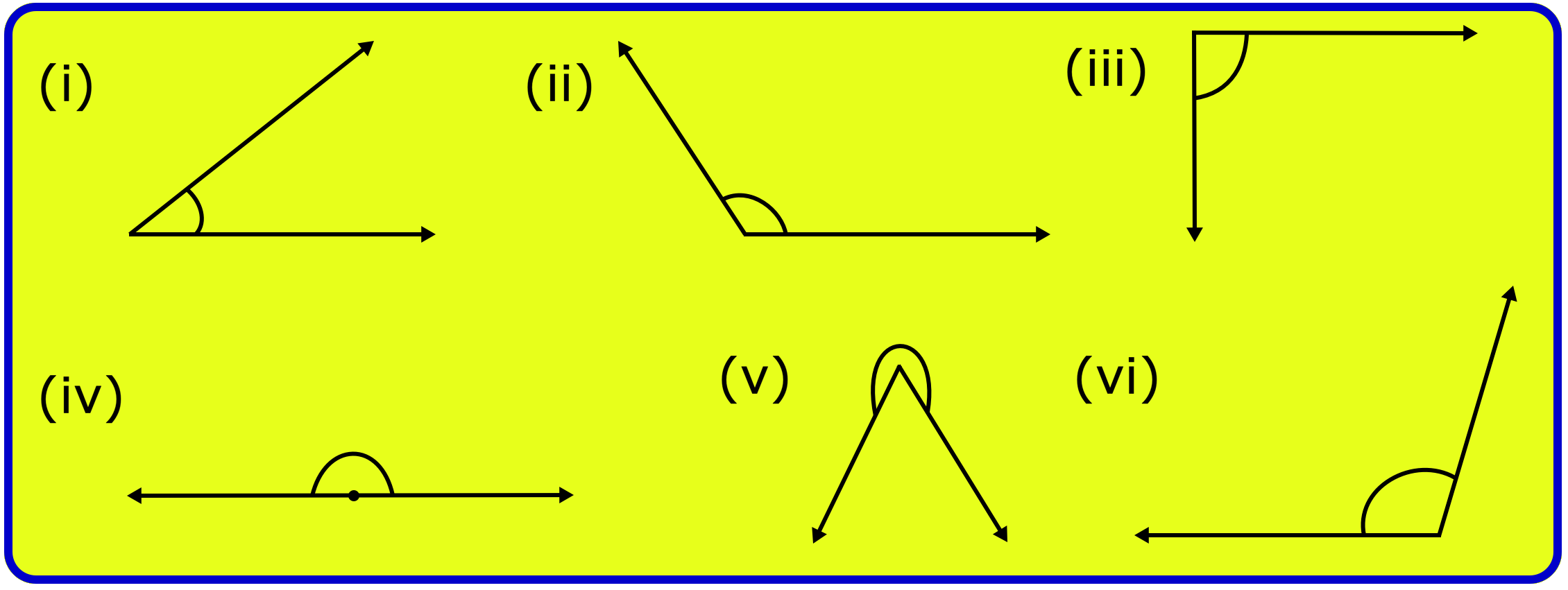Subscribe to our ▶️YouTube channel🔴 for the latest videos, updates, and tips.
Home | About Us | Contact Us | Privacy | Math Blog
Condition for Common Root or Roots of Quadratic Equations
We will discuss how to derive the conditions for common root or roots of quadratic equations that can be two or more.
Condition for one common root:
Let the two quadratic equations are a1x^2 + b1x + c1 = 0 and a2x^2 + b2x + c2 = 0
Now we are going to find the condition that the above quadratic equations may have a common root.
Let α be the common root of the equations a1x^2 + b1x + c1 = 0 and a2x^2 + b2x + c2 = 0. Then,
a1α^2 + b1α + c1 = 0
a2α^2 + b2α + c2 = 0
Now, solving the equations a1α^2 + b1α + c1 = 0, a2α^2 + b2α
+ c2 = 0 by cross-multiplication, we get
α^2/b1c2 - b2c1 = α/c1a2 - c2a1 = 1/a1b2 - a2b1
⇒ α = b1c2 - b2c1/c1a2 - c2a1, (From first two)
Or, α = c1a2 - c2a1/a1b2 - a2 b1, (From 2nd and 3rd)
⇒ b1c2 - b2c1/c1a2 - c2a1 = c1a2 - c2a1/a1b2 - a2b1
⇒ (c1a2 - c2a1)^2 = (b1c2 - b2c1)(a1b2 - a2b1), which is the required condition for one root to be common of two quadratic equations.
The common root is given by α = c1a2 - c2a1/a1b2 - a2b1 or, α = b1c2 - b2c1/c1q2 - c2a1
Note: (i) We can find the common root by making the same coefficient of x^2 of the given equations and then subtracting the two equations.
(ii) We can find the other root or roots by using the relations between roots and coefficients of the given equations
Condition for both roots common:
Let α, β be the common roots of the quadratic equations a1x^2 + b1x + c1 = 0 and a2x^2 + b2x + c2 = 0. Then
α + β = -b1/a1, αβ = c1/a1 and α + β = -b2/a2, αβ = c2/a2
Therefore, -b/a1 = - b2/a2 and c1/a1 = c2/a2
⇒ a1/a2 = b1/b2 and a1/a2 = c1/c2
⇒ a1/a2 = b1/b2 = c1/c2
This is the required condition.
Solved examples to find the conditions for one common root or both common roots of quadratic equations:
1. If the equations x^2 + px + q = 0 and x^2 + px + q = 0 have a common root and p ≠ q, then prove that p + q + 1 = 0.
Solution:
Let α be the common root of x^2 + px + q = 0 and x^2 + px + q = 0.
Then,
α^2 + pα + q = 0 and α^2 + pα + q = 0.
Subtracting second form the first,
α(p - q) + (q - p) = 0
⇒ α(p - q) - (p - q) = 0
⇒ (p - q)(α - 1) = 0
⇒ (α - 1) = 0, [p - q ≠0, since, p ≠ q]
⇒ α = 1
Therefore, from the equation α^2 + pα + q = 0 we get,
1^2 + p(1) + q = 0
⇒ 1 + p + q = 0
⇒ p + q + 1 = 0 Proved
2. Find the value(s) of λ so that the equations x^2 - λx - 21 = 0 and x^2 - 3λx + 35 = 0 may have one common root.
Solution:
Let α be the common root of the given equations, then
α^2 - λα - 21 = 0 and α^2 - 3λα + 35 = 0.
Subtracting second form the first, we get
2λα - 56 = 0
2λα = 56
α = 56/2λ
α = 28/λ
Putting this value of α in α^2 - λα - 21 = 0, we get
(28/λ)^2 - λ * 28/λ - 21 = 0
(28/λ)^2 - 28 - 21 = 0
(28/λ)^2 - 49 = 0
16 - λ^2 = 0
λ^2 = 16
λ = 4, -4
Therefore, the required values of λ are 4, -4.
11 and 12 Grade Math
From Condition for Common Root or Roots of Quadratic Equations to HOME PAGE
Didn't find what you were looking for? Or want to know more information about Math Only Math. Use this Google Search to find what you need.
Recent Articles
-
Formation of Square and Rectangle | Construction of Square & Rectangle
Jul 16, 25 02:45 AM
In formation of square and rectangle we will learn how to construct square and rectangle. Construction of a Square: We follow the method given below. Step I: We draw a line segment AB of the required… -
Perimeter of a Figure | Perimeter of a Simple Closed Figure | Examples
Jul 16, 25 02:33 AM
Perimeter of a figure is explained here. Perimeter is the total length of the boundary of a closed figure. The perimeter of a simple closed figure is the sum of the measures of line-segments which hav… -
Formation of Numbers | Smallest and Greatest Number| Number Formation
Jul 15, 25 11:46 AM
In formation of numbers we will learn the numbers having different numbers of digits. We know that: (i) Greatest number of one digit = 9, -
5th Grade Quadrilaterals | Square | Rectangle | Parallelogram |Rhombus
Jul 15, 25 02:01 AM
Quadrilaterals are known as four sided polygon.What is a quadrilateral? A closed figure made of our line segments is called a quadrilateral. For example: -
5th Grade Geometry Practice Test | Angle | Triangle | Circle |Free Ans
Jul 14, 25 01:53 AM
In 5th grade geometry practice test you will get different types of practice questions on lines, types of angle, triangles, properties of triangles, classification of triangles, construction of triang…





New! Comments
Have your say about what you just read! Leave me a comment in the box below. Ask a Question or Answer a Question.